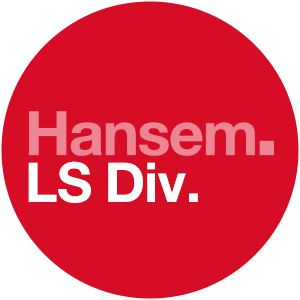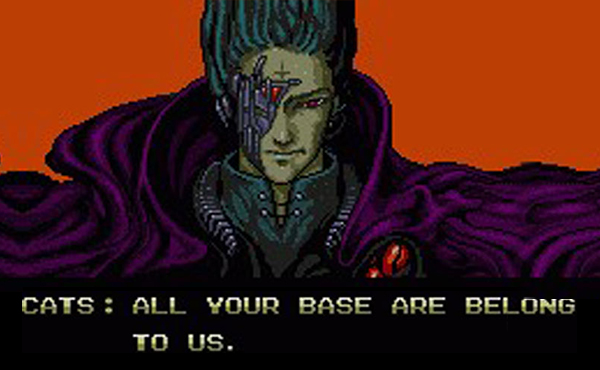

Localization


When I was about six years old, I got a Nintendo Entertainment System (NES) for Christmas. There were approximately 720 games released for the NES in America. Many of them were Japanese games that had been localized to English, sometimes with varying results. Looking back, deciphering mysterious translations was part of the experience for a lot of gamers in the 80s and 90s. We’ve come a long way since the early days of gaming and usually it’s not a question of “good” or “bad” localization, but whether a game is localized at all.

As of March 2015, Sony has sold 22.3 million PS4s while Microsoft’s Xbox One has sold a disappointing 12 million units. Keep in mind that the original NES sold almost 62 million units during its ten years of availability. The PS4 has only been on the market since November of 2013. Gaming consoles remain popular, but the ubiquity of PCs has also allowed nearly half of the world’s population to have access to video games. With such a booming global market, companies can no longer ignore the need for game localization.
I recently came across an article on Kotaku about a South Korean gamer who destroyed his Xbox One over frustration with the lack of Korean localization for major games released on the Xbox One platform. The frustration stems from the fact that the game the teen wanted to play was localized into Korean for the PS4, but not for the Xbox One. Korea is a tough market for console gaming companies to penetrate, since the country is largely dominated by the PC gaming industry. In order for any product to be successful in a new market segment, manufacturers need to understand their audience.
Frustration at the lack of localization in the gaming industry is not limited to Korea. Message boards all over the Internet are full of complaints from potential customers. In the worst cases, the lack of localization results in products being pirated and released online for free with fans doing the translations. Before localizing any product, there are important considerations that need to be made. Who is the audience? How much will it cost? How does it benefit the company? Does the product require localization? The main concerns that many developers have is the cost of localization and integration of the translated content into the game itself.
In terms of cost, localizing your game might be cheaper than you expect. Translating your game can mean the difference between success and failure in a market. Games must not only be translated, but many times there are cultural considerations that need to be taken into account as well. Our company is a leader in localization, offering more than 90 languages. We work closely with clients to ensure that our services exceed their expectations by providing a high level of quality assurance for all projects. Our staff can guarantee quality, value, and speed for your next gaming project. If you have any questions about our services, please contact Brian Cho (briancho@hansem.com) or visit our website.
Hansem Global is an ISO Certified and globally recognized language service provider. Since 1990, Hansem Global has been a leading language service company in Asia and helping the world’s top companies to excel in the global marketplace. Thanks to the local production centers in Asia along with a solid global language network, Hansem Global offers a full list of major languages in the world. Contact us for your language needs!
 Transforming B2C Sales Training with Gamification
04.14.2024
Transforming B2C Sales Training with Gamification
04.14.2024
 The Impact of Localization on Salesforce’s Success with Hansem Global
04.07.2024
The Impact of Localization on Salesforce’s Success with Hansem Global
04.07.2024
 Mastering Right-to-Left (RTL) Language Localization: Avoid the Top 5 Desktop Publishing (DTP) Mistakes for Global Success
04.03.2024
Mastering Right-to-Left (RTL) Language Localization: Avoid the Top 5 Desktop Publishing (DTP) Mistakes for Global Success
04.03.2024